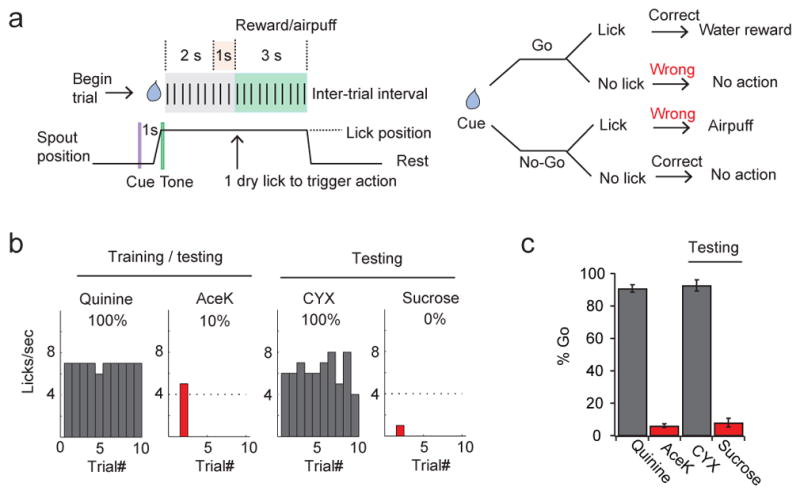Figure 3. Go/no-go taste discrimination task in head-restrained mice.

a, Schematic and flow chart of the go/no-go taste discrimination task. Each trial starts with a visual cue (purple line), followed 1 sec later by a tone (green line) to alert mice to initiate licking. After sampling, mice were given 3 sec to continue to lick (go) or withhold licking (no-go) in response to the test tastant. For go trials, mice were rewarded with water (3 sec) if they chose to lick within the 3-sec interval. For no-go trials, mice received a mild air puff to the eyelid if they failed to withhold licking. After the reward/penalty phase, the spout retracted and was cleared for the next trial; inter-trial intervals were 8 sec. b, Representative histograms illustrating recognition and generalization within bitters and sweets. This animal was trained and tested with 4 mM Acek (sweet no-go) and 0.5 mM quinine (bitter go), and then assayed with 100 mM sucrose and 10 μM cycloheximide (CYX). c, Quantitation in 9 animals, demonstrating highly reliable taste recognition and discrimination. Values are mean ± s.e.m.
